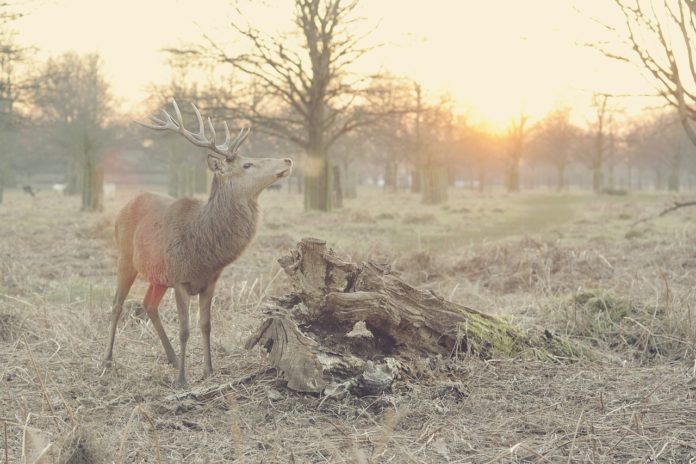New Delhi (NVI): As the world continues to see unprecedented destruction of wild habitats by human activity, diseases passed from animals to humans are on the rise.
According to WHO, an animal is the likley source of the 2019 coronavirus (COVID-19). The virus has infected lakhs of people worldwide and has affected the global economy.
Scientists suggest that degraded habitats may encourage more rapid evolutionary processes and diversification of diseases, as pathogens spread easily to livestock and humans.
Coronaviruses are zoonotic, meaning they are transmitted between animals and people. Previous investigations found that the Severe Acute Respiratory Syndrome (SARS) was transmitted from civet cats to humans, while the Middle East Respiratory Syndrome passed from dromedary camels to humans.
UNEP’s Frontiers 2016 Report on Emerging Issues of Environment Concern shows zoonoses – diseases which can be transmitted to humans from animals – threaten economic development, animal and human well-being, and ecosystem integrity.
In the past few years, several emerging zoonotic diseases made world headlines as they caused, or threatened to cause, major pandemics. These include Ebola, bird flu, Rift Valley fever, West Nile virus and Zika virus disease.
Diseases passed from animals to humans are on the rise, as the world continues to see unprecedented destruction of wild habitats by human activity. Scientists suggest that degraded habitats may encourage more rapid evolutionary processes and diversification of diseases, as pathogens spread easily to livestock and humans.
According to the World Health Organization, bats are the most probable carrier of the COVID-19 but added that it is possible that the virus was transmitted to humans from another intermediate host, either a domestic or a wild animal.
“Therefore, as a general rule, the consumption of raw or undercooked animal products should be avoided,” said the World Health Organization in a statement. “Raw meat, raw milk or raw animal organs should be handled with care to avoid cross-contamination with uncooked foods.”
“Humans and nature are part of one connected system, and nature provides the food, medicine, water, clean air and many other benefits that have allowed people to thrive,” said Doreen Robinson, Chief of Wildlife at the United Nations Environment Programme (UNEP).
According to the report, in the last two decades, emerging diseases have had direct costs of more than USD100 billion, with that figure jumping to several trillion dollars if the outbreaks had become human pandemics.
From the point of view of the environmental community, it is important to address the multiple and often interacting threats to ecosystems and wildlife to prevent zoonoses from emerging, including habitat loss and fragmentation, illegal trade, pollution, invasive species and, increasingly, climate change.








